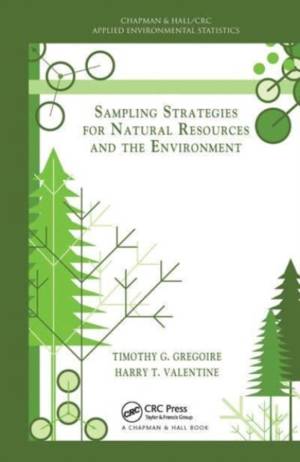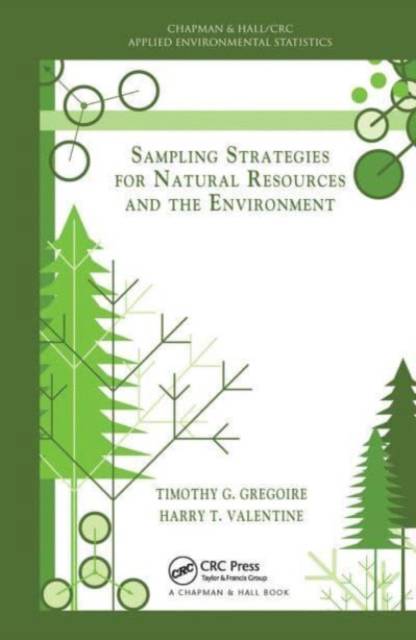
- Afhalen na 1 uur in een winkel met voorraad
- Gratis thuislevering in België vanaf € 30
- Ruim aanbod met 7 miljoen producten
- Afhalen na 1 uur in een winkel met voorraad
- Gratis thuislevering in België vanaf € 30
- Ruim aanbod met 7 miljoen producten
Zoeken
€ 63,95
+ 127 punten
Uitvoering
Omschrijving
Written by renowned experts in the field, Sampling Strategies for Natural Resources and the Environment covers the sampling techniques used in ecology, forestry, environmental science, and natural resources. The book presents methods to estimate aggregate characteristics on a per unit area basis as well as on an elemental basis. In addition to common sampling designs such as simple random sampling and list sampling, the authors explore more specialized designs for sampling vegetation, including randomized branch sampling and 3P sampling. One of the book's unique features is the emphasis on areal sampling designs, including plot/quadrat sampling, Bitterlich sampling, line intersect sampling, and several lesser known designs. The book also provides comprehensive solutions to the problem of edge effect. Another distinguishing aspect is the inclusion of sampling designs for continuums, focusing on the methods of Monte Carlo integration. By presenting a conceptual understanding of each sampling design and estimation procedure as well as mathematical derivations and proofs in the chapter appendices, this text promotes a deep understanding of the underpinnings of sampling theory, estimation, and inference. Moreover, it will help you reliably sample natural populations and continuums.
Specificaties
Betrokkenen
- Auteur(s):
- Uitgeverij:
Inhoud
- Aantal bladzijden:
- 494
- Taal:
- Engels
- Reeks:
Eigenschappen
- Productcode (EAN):
- 9781032477848
- Verschijningsdatum:
- 21/01/2023
- Uitvoering:
- Paperback
- Formaat:
- Trade paperback (VS)
- Afmetingen:
- 156 mm x 233 mm
- Gewicht:
- 557 g

Alleen bij Standaard Boekhandel
+ 127 punten op je klantenkaart van Standaard Boekhandel
Beoordelingen
We publiceren alleen reviews die voldoen aan de voorwaarden voor reviews. Bekijk onze voorwaarden voor reviews.











